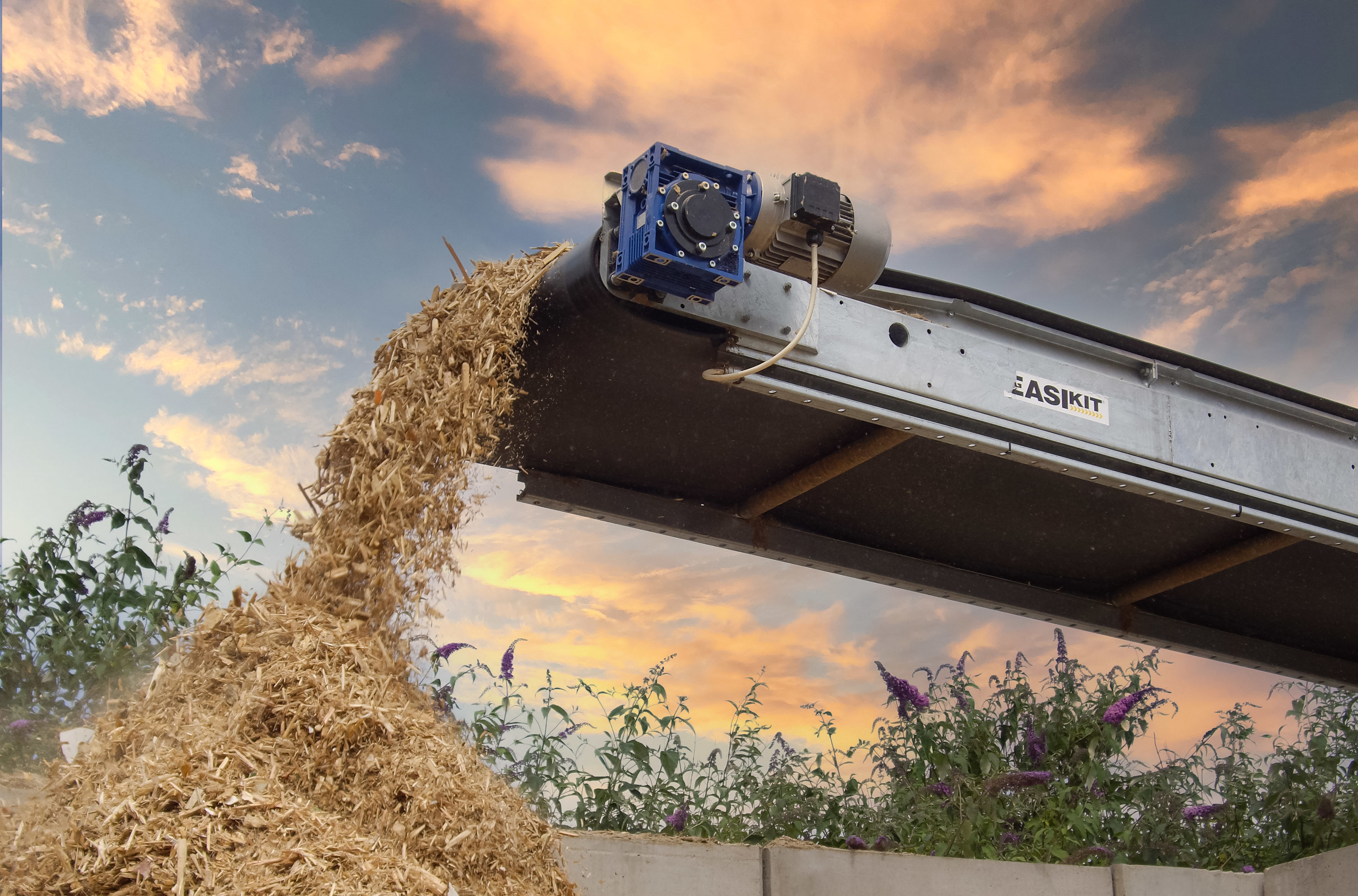- Amanda
- October 23, 2018
How much can a conveyor move?

This is often the first question we’re asked and our reply is always, “How much do you need to move?”
Here at Coveya, we have many different types of conveyor and each type has a different capacity. The biggest conveyor in our fleet can move up to 500 tonnes of material per hour!
Having said that, for the best result and to ensure a good life expectancy for the belt, a conveyor should usually be operating well inside its capacity. Ideally you want to see a small mound of material running down the centre of the belt with space either side. Even so, we often find ourselves using conveyors in ways they were never intended to be used – and they work. In many of our applications they’re being flogged to their absolute max!
In our experience, we’ve found that space constraints are usually as critical as the capacity, if not more so. If they weren’t, the contractor would probably be able to complete the job more effectively with wheeled plant.
Conveyors come into their own when a contractor’s wishlist (that the material is gone NOW) is impossible to achieve by any other means. So we do the best we can to move the material as fast as possible.
How much do you need to move?
If a centrifuge produces 30 cubic metres of cake per hour, the conveyor must be able to handle that.
If the truck has to be filled in 6 minutes, the conveyor has got to be able to deliver at that rate.
Instead of starting with the conveyor’s capacity, ask yourself, what does the conveyor have to do? Then we’ll tell you which conveyor you need to do it.
Know your limits
Once you’ve established your objectives, you need a picture of the constraints:
- How much space have you got?
- How much power is available?
- Where do you want the material to go?
- What dimensions have you got to work with and how steep will the conveyor need to be?
- What obstacles are in the way? Do you have to go over or around or through things?
- How’s the conveyor being fed? Is the material being placed in lumps by a machine or continually loaded by another conveyor system? What are the safety parameters? Are people going to be interacting with the conveyor or not?
Once you’ve got all the constraints, you’ll know whether you can achieve the desired throughput and you’ll have a roadmap to a solution.
We usually put all this information down in a diagram (in Google Sketch or Solidworks) so our customers can visualise what we’re proposing for their site.
How can we help?
If you’d like us to help you with a project you’re working on, please get in touch.


